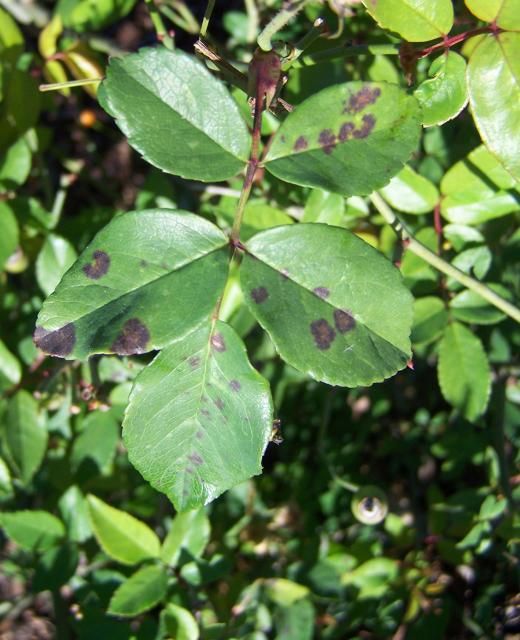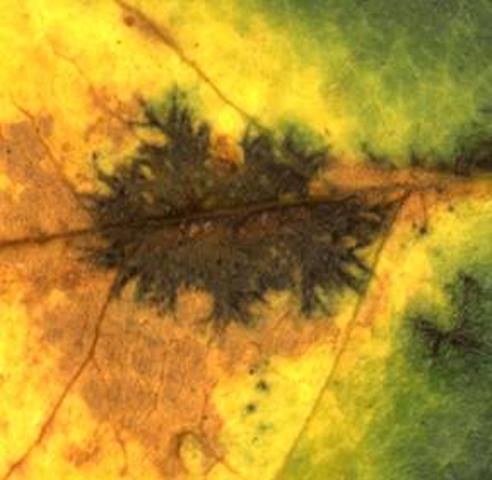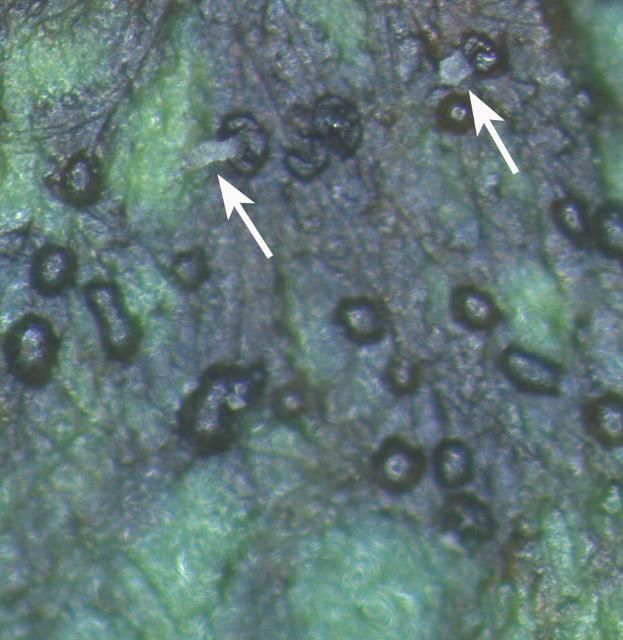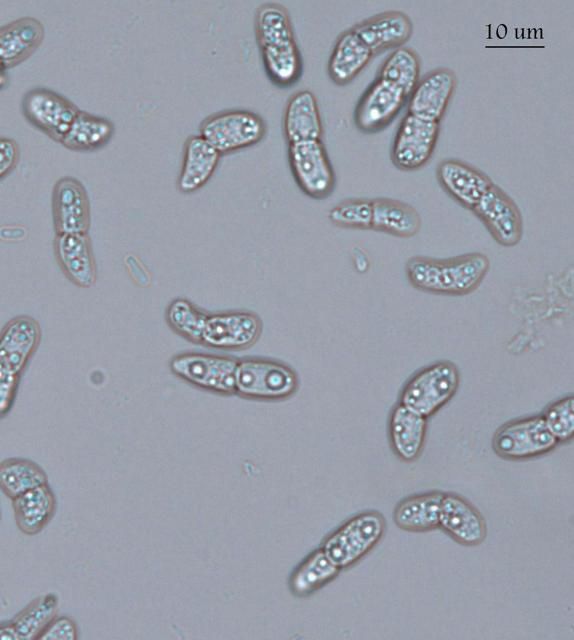Introduction
Black spot is a fungal disease that affects nearly all rose cultivars worldwide. It is a frequent problem for roses grown outdoors and reduces the quality and life span of the plants. However, the poor performance of roses in Florida can also be associated with various factors such as inadequate fertilization and water deficiency during the warm season, as well as the use of root stocks and scions not well-adapted to Florida's conditions.
Causal Agent and Geographical Distribution
The black spot pathogen, Marssonina rosae (Diplocarpon rosae, sexual stage), is a parasite specific to roses and is considered the most serious disease of roses in Florida. The disease was first reported in Sweden in 1815 and in the United States in 1830. Since then, it has been reported in South America, Canada, Australia, and China, among other countries.
Different genotypes or races of M. rosae, i.e., isolates that infect a specific cultivar or group of cultivars have been identified. Certain species of roses and cultivars of old garden roses are considered more resistant to the disease than modern cultivars. Modern roses and especially the popular hybrid teas are not only more susceptible to the disease, but also are considered high maintenance roses in Florida requiring more attention to disease control, fertilization, and irrigation.
Symptoms
M. rosae produces black spots of about two to 12 mm in diameter usually in the upper surface of the leaves (Figure 1a). Often, those spots may have irregular, radiate, feathery borders (Figure 1b). In older lesions, black spore-bearing structures, called acervuli, can be observed as well as white, slimy masses of conidia (Figure 2a). Yellowing around the lesions on infected leaves can occur, and severe defoliation occurs in the most susceptible cultivars. While leaves are the most susceptible part of the plant, stipules and pedicels can also be infected. Spots can also be found also in peduncles, fruits, and sepals. Symptoms of black spot are usually confused with those of Cercospora leaf spot (See EDIS publication Cercospora Leaf Spot of Rose at https://edis.ifas.ufl.edu/PP267).

Credit: J. Mangandi, UF/IFAS

Credit: J. Mangandi, UF/IFAS
The infection cycle starts when spores are spread by rain or overhead irrigation from leaves or canes infected from the previous season. The conidia must be wet for several hours to infect plant tissues. Symptoms begin to appear in three to 16 days after infection. Mature conidia can be produced 10 to 18 days after infection and initiate a new cycle. Conidia are colorless and two-celled (Figure 2b). A temperature of 64°F is optimal for black spot development, but conidia germination still occurs from 59°F to 81°F. This wide temperature range allows the disease to continue to develop as long as the moisture is adequate during the season.

Credit: J. Mangandi, UF/IFAS

Credit: J. Mangandi, UF/IFAS
Control
Black spot can be controlled by planting cultivars with resistance to the disease such as WEKcisbako (HomeRun®) or RADrazz (Knock Out®). These cultivars are, however, susceptible to Cercospora leaf spot. Old garden roses 'Mrs. B.R. Cant' and 'Spice' have shown good levels of resistance to both diseases in our trials. Sanitation practices, such as removal and burning of fallen leaves and pruning of canes late in the winter before new shoots are produced, help reduce the amount of inoculum. Plants should not be allowed to remain wet for long periods of time and overhead irrigation should be avoided or minimized. If this is not possible, plants should be irrigated early in the morning to allow leaves to dry.
For chemical control, an initial application of a protectant fungicide should be made at bud break, followed by bimonthly applications until leaves are completely expanded. During the summer, applications every 7–14 days may be necessary to successfully manage the disease. Fungicides labeled for the control of black spot of roses in Florida are listed in Tables 1 and 2. For managing fungicide resistance, the best strategy is to rotate among products with different modes of action. All fungicides within the same group (with the same number or letter) have the same active ingredient or a similar mode of action. Fungicide resistance is usually low with multi-site inhibitor fungicides group (M).
Tables
Fungicide products marketed for use by professional pesticide applicators for control of black spot on roses.